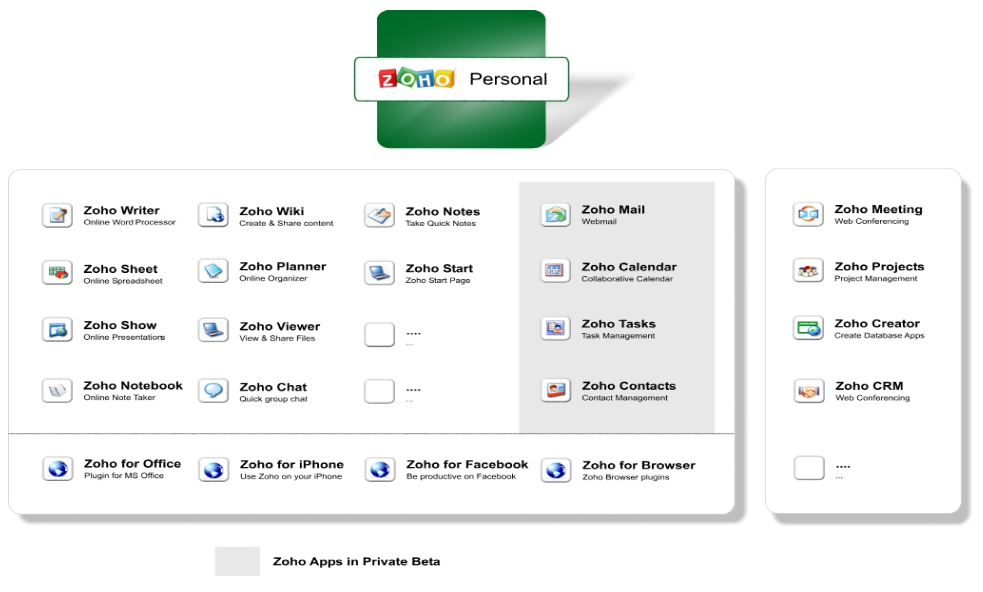You’ll have to appreciate the irony of this TechMeme screenshot:

Microsoft’s Jeff Raiker defended desktop applications, mocking of Google for “backtrack(ing) on what we’ve been saying and to offer things like Gears in order to be able to be offline and or take advantage of global computing power”, reports Infoworld.
As if to support Raiker’s statement, just minutes earlier the hot item on TechMeme was Google’s Gmail offering IMAP. Yes, it’s there, if you don’t see it in your gmail account, log out and come back again.
Unlike POP access, which is basically a dumb download, IMAP synchronizes your mail folders (not just the Inbox) with your online account, and your read/unread status..etc are maintained both in the desktop client and online. In fact IMAP is an easy way to sync several desktop clients on multiple machines. (Note: Gmail does not have folders, but I assume labels would take their place – assume only, since I no longer use desktop email software)
Where’s the irony here? IMAP is clearly beneficial only if you use a desktop email client* with your gmail account, which is exactly Raiker’s point. And a bit of a personal irony: for over a decade I was a faithful Outlook user, mocking my friends who used web-based email (typically Yahoo) for their personal accounts. How could they live with such a dumb, slow service?
Well, times change: Outlook grew fat and slow, it needs a cornucopia of software fighting for CPU and memory: virus scanner, desktop search (Copernic), backup (Mozy), sync with other desktops (Foldershare), and who knows what else, all of which need updates that tend to fail … what a nightmare! I ditched the desktop and have never been more productive! I’m using Gmail natively, on the Web, and am quite happy with it, so IMAP means nothing to me. (Apparently I’m not alone, as evidenced by the 5-600 readers my client to Gmail migration guide written half a year ago is still getting every day). For all other productivity needs I use the Zoho Suite. Incidentally, little birdies are singing that Zoho Writer will soon have offline edit capabilities![]() .
.
Seamless online/offline computing, as it should be.
*Update (10/24). This post was my quick first reaction late last night, when the news first hit (in fact before it became official news). As Marc Orchant correctly points out, IMAP may very well be useful even if you don’t use a desktop email client, as it makes it really easy to use the client software on your mobile devices, and still have a sync’d Gmail on the Web.
Update #2, (10/24): Simplified Guide to Importing All Your Archive Email Into Gmail
Related posts: Download Squad, CyberNet, Mashable!, Infoworld, Zoho Blog, TechCrunch, ParisLemon, Moonwatcher, Ars Technica, Good Morning Silicon Valley,

 Considering how many things
Considering how many things 
 Now that Jaiku is part of Google, for many observers the question is
Now that Jaiku is part of Google, for many observers the question is  First Google got
First Google got 





Recent Comments